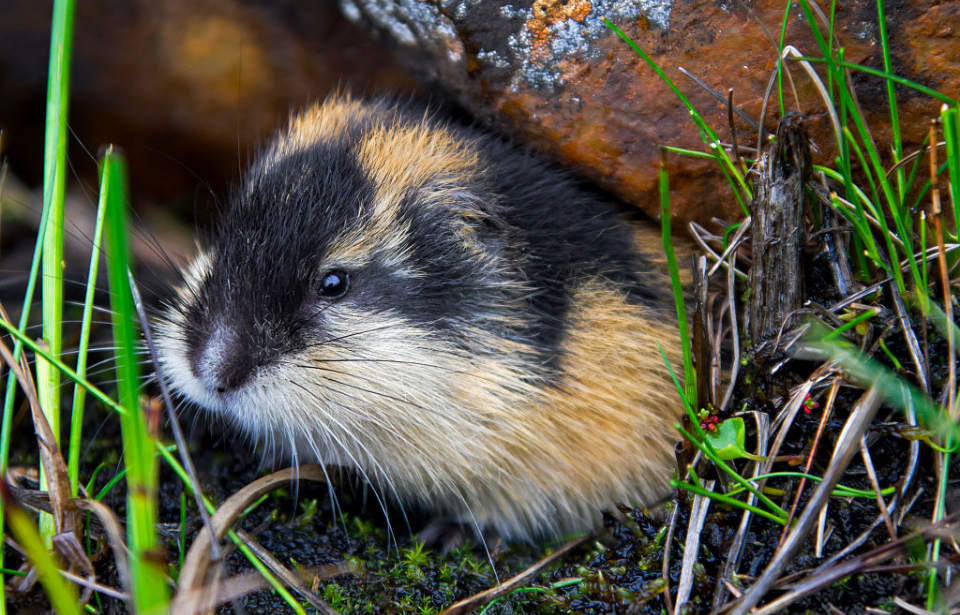Unfortunately, history is full of myths and misconceptions. One of the strangest is that lemmings often commit mass suicide. What’s even more bizarre is that Disney created and pushed this myth. We are here to set the record straight: lemmings do not commit mass suicide. Disney completely fabricated a scene that made these small creatures appear like they do.
Disney’s White Wilderness
By the 1950s, Walt Disney Studios had produced many successful cartoons. While known for their more-recognizable titles, such as Snow White and the Seven Dwarfs, Pinocchio, Bambi, and Cinderella, Disney had several other projects they were working on.
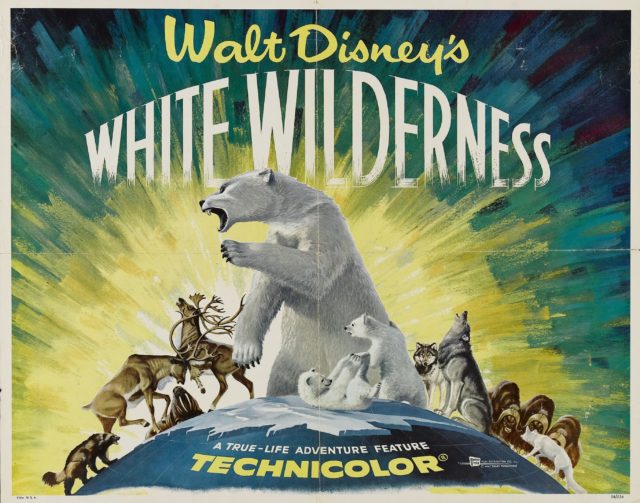
White Wilderness was released in 1958 as part of Disney’s True-Life Adventures series. True-Life Adventures were a series of short- and full-length nature documentaries released between 1948-60. By the time White Wilderness premiered, Disney had already won two Academy Awards for Best Documentary Feature for The Living Desert (1953) and The Vanishing Prairie (1954).
White Wilderness would win Disney their third Academy Award for Best Documentary Feature. The movie was filmed in Canada over the span of three years and explored Arctic wildlife.
The lemming controversy
In White Wilderness, the audience sees the “death march” of hoards of lemmings throwing themselves off a cliff into the sea. The narration accompanying this scene is as follows:
“It is said of this tiny animal that it commits mass suicide by rushing into the sea in droves. The story is one of the persistent tales of the Arctic, and as often happens in Man’s nature lore, it is a story both true and false, as we shall see in a moment.”
Ironically, this narration begins by saying, “The story is one of the persistent tales of the Arctic,” when it was this documentary that prevented this myth as fact. The narrator tells the audience that these tiny animals are not truly committing suicide with the aim of dying. Rather, they are jumping into the Arctic Sea because they believe it’s just a lake and there’s a reachable shore across the water.
For obvious reasons, this scene stuck with viewers. One critic writing for The New York Times called it both eerie and hypnotic, noting that the “jittery little mammals sail off a cliff like tiny parachutes.”
The scene was completely fabricated
Knowing this scene was completely fabricated makes it even more difficult to watch. It was not filmed anywhere near the Arctic or the Arctic Sea. Instead, it was shot in Alberta, Canada, where lemmings do not live.
Filmmaker and cameraman Bill Carrick, who worked on White Wilderness, later alleged that individuals working on the film paid Inuit children in Manitoba 25 cents to grab lemmings and transport them south to Alberta for filming.
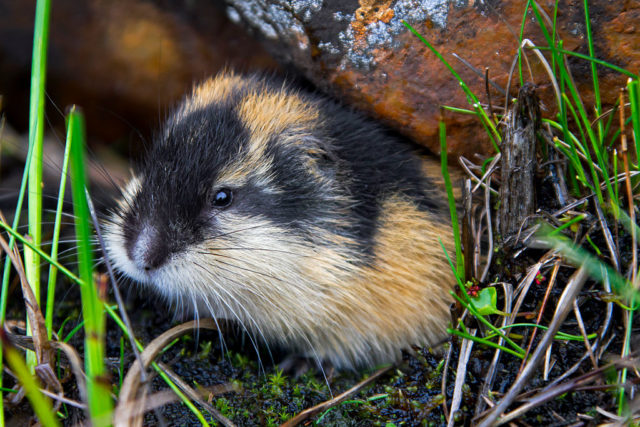
Once the filmmakers had acquired enough animals, crew members constructed spinning turntables covered in snow to jockey the lemmings, which sent them tumbling. They were then thrown off a cliff, but the film footage was edited to make it appear like a “natural” mass suicide.
Where did this idea come from?
Not only was this scene completely fabricated, but lemmings don’t ever hurl themselves off cliffs into the sea thinking it’s just a small body of water. So where did Disney get this idea from? According to Thomas McDonough, an Alaskan wildlife biologist, Disney might have “confused dispersal with migration.”
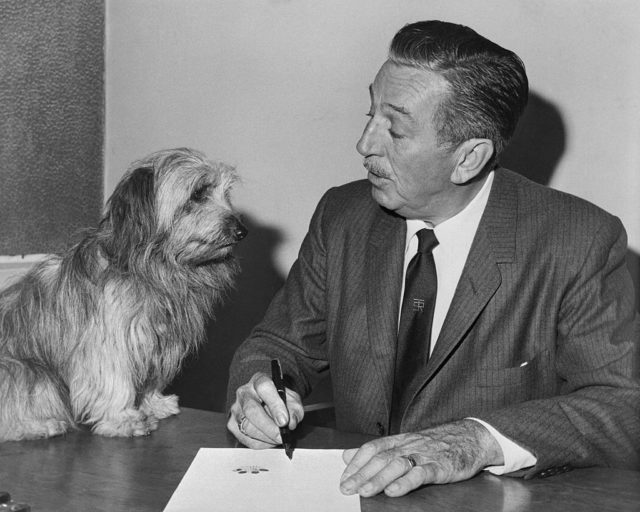
Lemming populations commonly fluctuate due to predators, food, climate and other environmental factors. When they have exhausted their local food supply, they tend to disperse – as do other animals. Lemmings can swim across smaller bodies of water, and sometimes will drown during their search for more food.
Essentially, Disney got the idea of mass suicide from dispersal tactics. The narration in White Wilderness implies that lemmings will commit mass suicide to dissipate their population. In reality, it’s natural for the animals to mass dissipate when they need food.
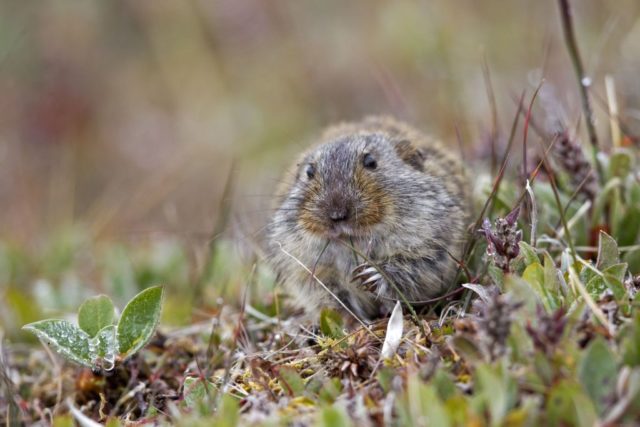
More from us: Double-Dip Into History: Did You Know Doritos Came From Disney?
Even though lemmings do not commit mass suicide, this myth has persisted primarily because of White Wilderness. In fact, as late as 2014, it was being depicted in pop culture in the Penguins of Madagascar, when the penguins made a “lemming-like march to a hole in the ice.”
Lemmings were also featured in Disney’s Zootopia (2016). They were shown as being prone to herd instinct, including mass suicide.
